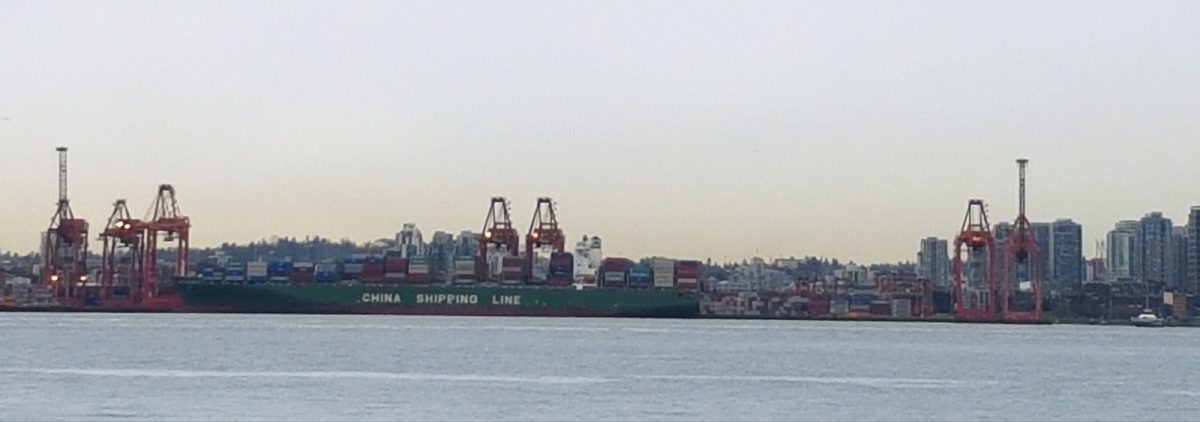When it comes to ships, they are essentially a floating city. Because of this, there are wastes on board which cause pollution. In order to minimize this, there is a convention in place called MARPOL.
The convention includes regulations aimed at preventing and minimizing pollution from ships – both accidental pollution and that from routine operations – and currently includes six technical Annexes. The six Annexes are:
1. Regulations for the prevention of pollution by oil.
2. Regulations for the control of pollution by noxious liquid substances in bulk.
3. Prevention of pollution by harmful substances carried by sea in packaged form.
4. Prevention of pollution by sewage from ships.
5. Prevention of pollution by garbage from ships.
6. Prevention of air pollution from ships.
As you can see, there is pollution from oil, noxious liquid substances, pollution in packaged form, sewage, garbage, and pollution into the air.
The oil pollution can be from two different main categories. One being from the machinery and the other being from cargo. There is what’s call an “oil record book” which must be kept up to date. For a vessel like a cruise ship, they will need one only for the machinery spaces whereas for a tanker, they will need one for their cargo as well.
When it comes to noxious liquid substances, there are some 250 substances which were evaluated and included in the list appended to the Convention. In any case, no discharge of residues containing noxious substances is permitted within 12 miles of the nearest land.
Pollution in packed form contains any substance which is packaged. MARPOL has an annex which looks at “general requirements for the issuing of detailed standards on packing, marking, labelling, documentation, stowage, quantity limitations, exceptions and notifications” – all to minimize damage to the environment.
When it comes to sewage, “the discharge of sewage into the sea is prohibited, except when the ship has in operation an approved sewage treatment plant or when the ship is discharging comminuted and disinfected sewage using an approved system at a distance of more than three nautical miles from the nearest land. Sewage which is not comminuted or disinfected has to be discharged at a distance of more than 12 nautical miles from the nearest land.”
Now, the next topic of pollution is garbage. This is a problem everywhere. One very important thing to know is that there is a very strict ban on disposing of plastics into the sea. There are strict laws for this. When it comes to a ship, a lot of times they will just burn the garbage. This brings us to another form of pollution, that which is air.
Air pollution regulations for ships “sets limits on sulphur oxide and nitrogen oxide emissions from ship exhausts and prohibits deliberate emissions of ozone depleting substances.” There are also certain places on the planet called Emission Control Areas. “Emission control areas set more stringent standards for SOx, NOx and particulate matter.” An example is switching from high sulphur heavy fuel oil to low sulphur motor diesel oil (which burns cleaner), as you are coming into an Emission Controlled Area. Once you leave ECA, you can switch back over to the Heavy Fuel Oil.
As you can see, there are a few different forms of pollution when it comes to ships. There is an every growing effort to try to minimize the pollution from ships. Hybrid ships, LNG ships and even fuel cell technology is getting looked at in order to minimize pollution from ships.
